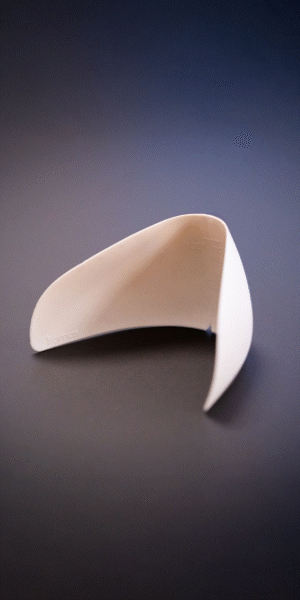SATRA presents US footwear seminars
Experts from UK-based technology centre SATRA have travelled across
The US roadshows have become a regular annual feature on SATRA’s business calendar and this year’s three-venue tour started in Los Angeles, proceeded to Redwing, Minnesota, and ended near Boston, Massachusetts.
This year SATRA deputy chief executive, Richard Turner, who chaired the seminars, presented the basis for the five main shoe-sizing systems, showed various conversion charts and proposed a simple width designation system. He also drew the delegates’ attention to the work of the international ISO TC137 committee which is attempting to agree a universal conversion chart for the main size labelling systems.
He also reviewed slip testing, described the background to the basic SATRA test (TM 144) and presented how biomechanical studies on gait and slip had enabled realistic test parameters to be set. The SATRA minimum CoF (co-efficient of friction) had also resulted from this research.
Progress was made, he said, on methods to test slip of safety footwear soles (EN and ISO 13287) and performance levels had been set. There was progress too on the drafting an EN ISO method for assessing slip of everyday footwear based on TM 144/EN13287, but for potentially different floor surfaces than appropriate for safety wear.
John Hubbard, from SATRA’s chemical and analytical team, and slip specialist Mike Wilson also took part in the tour.
Mr Hubbard reviewed restricted substances, explaining the reasoning why certain chemicals found in leather, textiles and coated fabrics need to be controlled to meet EU legislation. SATRA, he added that SATRA has developed several methods to detect them where no official method of analysis existed.
Mr Wilson explained how SATRA fits shoes emphasising good fit as the driving factor in ensuring a high degree of foot comfort. He also reviewed the range of tests SATRA undertakes to assess comfort, including impact, energy return and compression assessments, and procedures to determine the degree of ground insulation offered by various sole constructions.








